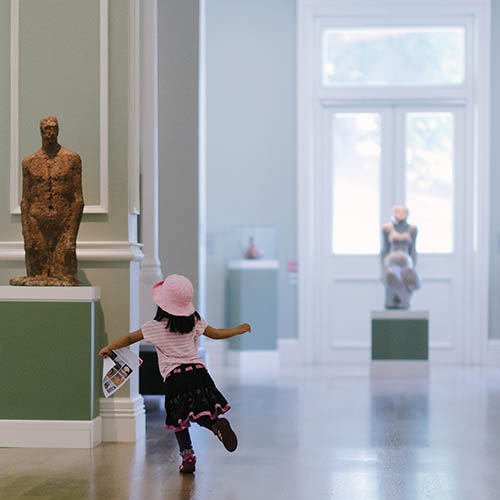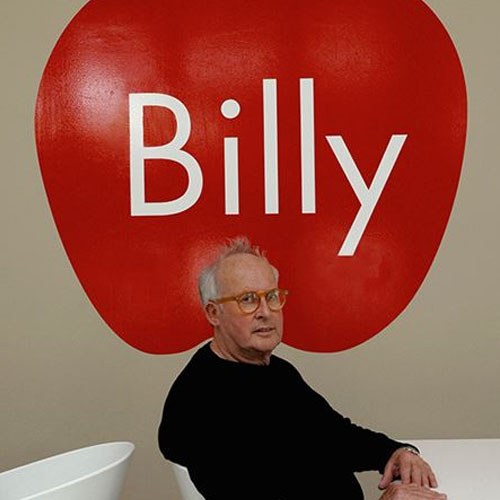Billy Apple (1962–2021)
From, Barrie Bates, (1935–1962)
Early this morning, our dear friend, artist Billy Apple, concluded one final part of his exceptional living artist project. Apple’s connection to Auckland Art Gallery Toi o Tāmaki is long and seminal, and early exhibitions at the Gallery were instrumental in his decision to finally return to Aotearoa. The Gallery was his ‘place of business’, and his passing will be a loss for staff across our organisation who have been part of all dimensions of his life’s work over several decades.
There hasn’t been a more present and visible person on the Auckland art scene since Apple’s return to his hometown in 1990. He visited almost every exhibition, connected with artists over their work, negotiated with art dealers and, in more ways than one, lived by example. He was an artist who most young students and practitioners encountered early in their life with art – either through meeting and discussion or artwork exchange.
Billy Apple first arrived back in New Zealand in May 1975 from New York. He hadn’t visited since 1959, when he’d left for London as Barrie Bates prior to his transformation into ‘Billy Apple’ in 1962. It was only a year after his solo exhibition at London’s Serpentine Galleries. Ostensibly, the trip to New Zealand was to visit family, yet within days he was connecting with the local art scene.
Apple’s biography traverses key moments in New Zealand, British and New York art scenes. Firstly, in the 1960s as a student at the Royal College of Art and an artist during the ‘third wave’ of British Pop. Then in the 1970s as Apple, catching the growing expansion of American Pop and exhibiting alongside many key figures in this period. Through exhibitions such as The American Supermarket at Bianchini Gallery in 1964, his work connected with a critical moment in which the boundaries between art and the marketplace were in question. From this point, towards the close of the decade, Apple reformed himself within a period of heightened experimentation at APPLE Gallery into a largely process-based artist whose actions of life entered into his art. His 1980s canvases reveal the behind-the-scenes of the art market, a system he continued to test into the new millennium demonstrating how art infiltrates life.
Just as Auckland has been Apple’s home since he permanently returned to New Zealand, so has Auckland Art Gallery been his ‘home station’ in so many respects. In his inimitable way, Apple slipped through the walls, behind the scenes, into the art stores and across the stages of this organisation.
Our thoughts are with his wife, Mary Morrison, and his family.
Image credit: From the Auckland Art Gallery Toi o Tāmaki Collection, 2017, acrylic on canvas, Auckland Art Gallery Toi o Tamaki, gift of the artist, 2020
Portait image credit: Jennifer French.




